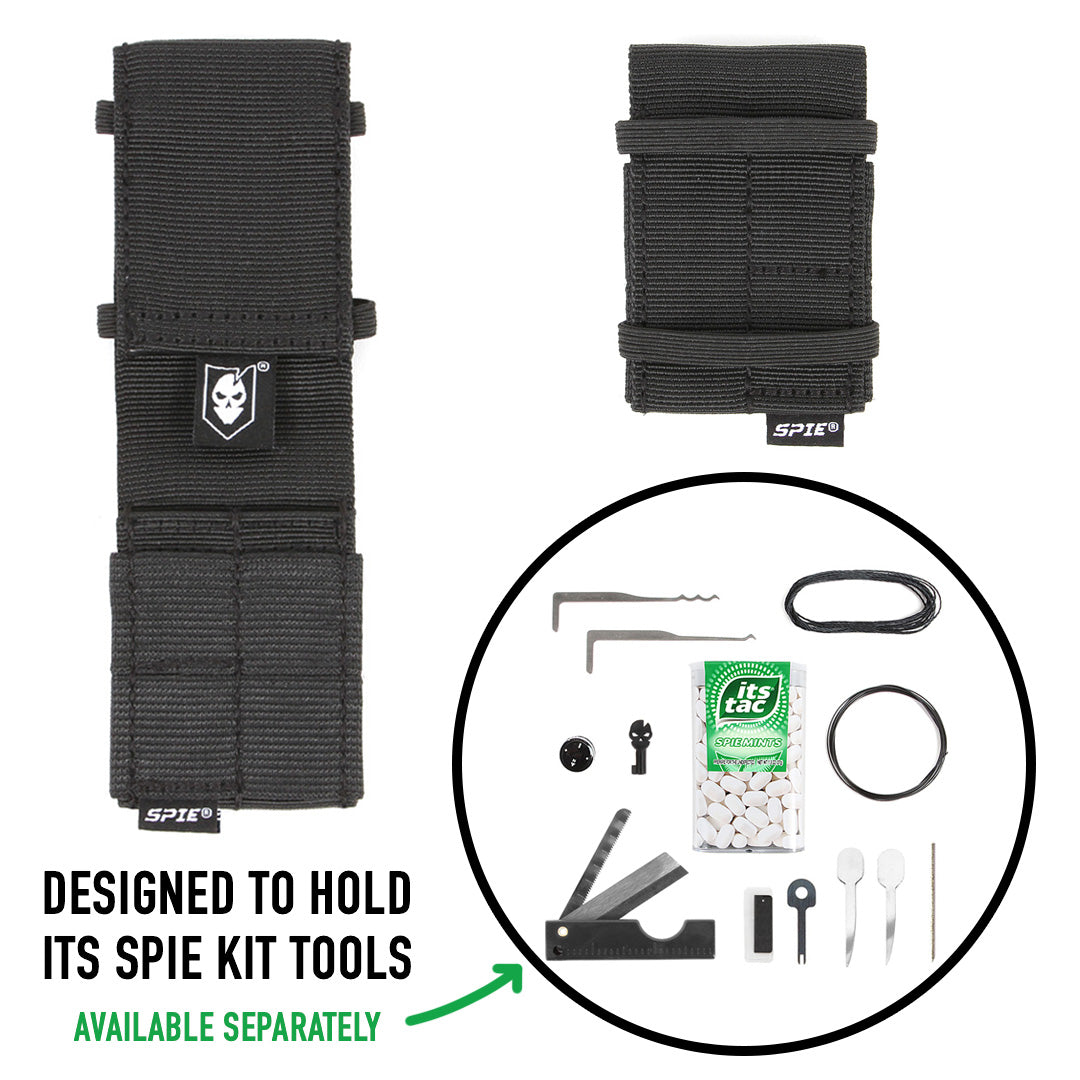Lock picking is an invaluable skill-set for many situations you might find yourself in. Locking yourself out of the house, losing the key to that padlock on your gear locker, escaping and evading or getting into someplace covertly. We're not advocating anything illegal here, as this skill-set is perfectly legal to have as a hobby. In fact, after learning how to pick locks, you'll never want to leave the house without a pick and a tension wrench, just in case.
When starting out learning how to pick locks, you might want consider picking up a book to read through and get a frame of reference on how locks actually work. However, no matter how much you read on the subject you'll still need to put a pick and tension wrench in your hands and get a feel for it yourself. Nothing beats the sound of successfully picking a lock!
Pin / Tumbler Locks
The most common locks are pin/tumbler locks, which are found on most doors and are the most common type of lock you'll encounter. The design consists of a plug (yellow colored area in the diagram below) that rotates around inside of a cylinder (green colored area). The cylinder is affixed to the door remaining stationary. In the diagram you'll see from top to bottom inside the cylinder, springs, driver pins (blue) and key pins (red).

Without a key inserted into the plug, the driver pins are pushed downwards due to the spring tension and prevent the plug from turning. When the proper key is inserted into the plug, the driver pins and key pins align with the shear line, where the plug meets the cylinder. The key pins are what rest in the differently cut grooves (or bitting) of the key. When a lock is re-keyed by a locksmith he changes the key pin lengths requiring a differently cut key.

When the pins align with the shear line it enables the plug to rotate freely and unlock.

If an incorrect key is inserted into the plug, the pins will not align with the shear line and prevent the plug from rotating.

When picking pin/tumbler locks, the logic is to raise each stack of pins, one by one, until the stack's position reaches the correct point with the shear line and the plug turns freely. A tension wrench inserted into the plug provides the torque needed to turn the plug a bit more as each pin stack is "picked" into the right position.
What usually happens when your picking is that there will be one pin stack that's resisting more than the others. This pin stack is the one most preventing the rotation of the plug. Pick this stack first and you'll get some feedback which will move the plug slightly. Move on to the next pin stack where you feel the resistance and eventually the plug will spin free.
Review
- Apply tension to plug
- Locate the pin stack that resists the most
- Pick that stack until reaches the correct point on the shear line and the plug turns slightly
- Repeat step 3 until the plug turns freely
There's not much to lock picking, but again you really need to get a feel for all of this yourself and perfect your technique. Don't give up if you don't succeed at first.
A Practice Lock can be one of the most valuable tools for learning and we have a great one included in our Lock Picking 101 Kit, as well as an awesome set of picks.


